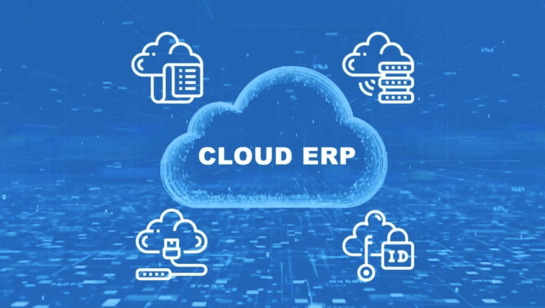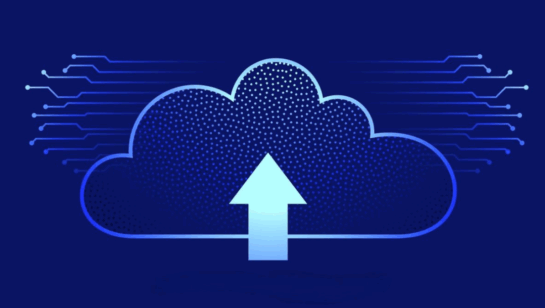Testing plays a critical role in the migration process to cloud computing services. It ensures that systems function as intended when transferred to the cloud. […]

Digital transformation refers to the integration of digital technology into all areas of a business. This transformation fundamentally changes how organizations operate and deliver value […]

Cloud service models have transformed how businesses operate by providing scalable, efficient, and cost-effective cloud computing services. For small and medium enterprises (SMEs), understanding these […]

Understanding various project management methods is essential for effectively executing IT projects, especially those involving cloud computing services. Two of the most prevalent methodologies are […]

Considering technology solutions, small and medium-sized enterprises (SMEs) often turn to cloud-hosted ERP systems for their flexibility and efficiency. Cloud computing services support this shift […]

IoT integration involves connecting various devices and sensors to a centralized cloud platform, enabling seamless communication and data exchange. This process allows businesses to collect […]

CIO as a Service (CIOaaS) is a model where companies can access Chief Information Officer expertise on demand without needing to hire a full-time executive. […]

Understanding public cloud migration is essential for small and medium enterprises (SMEs) looking to leverage cloud computing services for their operations. This section will define […]

Agile project management is a methodology focused on iterative development and collaboration. It enables teams to respond quickly to changes and deliver high-quality products efficiently. […]


